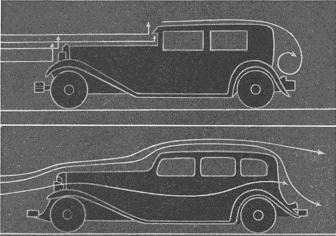In the world of complex supply chains and international trade, unitization logistics plays a crucial role in the seamless movement of goods from one point to another. Whether it’s transporting raw materials to a manufacturing facility or delivering finished products to market, efficient unitization logistics ensures that time, cost, and resources are optimized throughout the shipping process. Join us as we delve into the world of unitization logistics, exploring its key components, challenges, and innovative solutions shaping the future of transport and shipping.
Optimizing Supply Chain Efficiency through Unitization
Unitization is a crucial element in the optimization of supply chain efficiency. By packaging goods into standardized units, companies can streamline their transportation and shipping processes, leading to cost savings and improved productivity. Utilizing techniques such as palletizing, containerization, and shrink wrapping, businesses can maximize space utilization, minimize damage, and reduce handling time.
One of the key benefits of unitization is the ability to facilitate seamless transitions between different modes of transportation. Whether goods are being transported by truck, train, ship, or plane, standardized units ensure easy transferability and compatibility across various logistics networks. This not only simplifies the shipping process but also helps reduce transit times and improve overall supply chain visibility. By investing in unitization strategies, companies can gain a competitive edge in today’s fast-paced and demanding market.

Enhancing Transport Operations with Unitization Techniques
Unitization techniques in transport operations play a crucial role in streamlining logistics processes and improving efficiency. By grouping individual items into larger units, such as pallets or containers, businesses can reduce handling time, minimize damage, and optimize storage space. This method allows for easier loading and unloading of goods, making transportation more cost-effective and time-efficient.
Unitization also enhances security during transit by providing a more secure and stable way to transport goods. With the use of standard-sized units, companies can also improve inventory management and track shipments more accurately. Overall, implementing unitization techniques in transport operations can lead to significant cost savings and improved customer satisfaction.

Key Considerations for Effective Shipping Unitization Logistics
When it comes to shipping unitization logistics, there are several key considerations that can significantly impact the effectiveness of your shipping process. One important factor to keep in mind is the importance of properly securing and stabilizing unitized loads to prevent damage during transportation. Utilizing the right packaging materials, such as shrink wrap, strapping, or banding, can help to ensure that your products arrive at their destination in pristine condition.
Another crucial aspect to consider is the optimization of space and weight distribution within your shipping units. By carefully arranging and stacking your products in a strategic manner, you can maximize the use of available space and reduce the risk of damage during transit. Additionally, implementing standardization in your unitization process can help streamline operations and improve efficiency in your shipping logistics. By following these key considerations, you can enhance the effectiveness of your shipping unitization logistics and ultimately improve the overall success of your transportation operations.

Streamlining Logistics Processes with Unitization Strategies
One of the most effective ways to optimize logistics processes is through the implementation of unitization strategies. By unitizing cargo and freight into standardized containers or pallets, companies can streamline their shipping, transport, and warehousing operations. This not only reduces handling time and costs but also minimizes the risk of damages during transit.
Unitization allows for efficient loading and unloading of goods, making the entire supply chain more seamless and reliable. By adopting this strategy, companies can improve their inventory management, inventory tracking, and overall operational efficiency. Additionally, unitization facilitates multi-modal transportation, enabling goods to be easily transferred between different modes of transport without the need for extensive repackaging.
The Conclusion
As we reach the end of our journey into the world of unitization logistics, transport, and shipping, we hope you have gained valuable insights into the intricate processes that make global trade possible. From standardized containers to optimized supply chains, every detail plays a crucial role in ensuring goods reach their destination efficiently and safely. As the backbone of the modern economy, unitization logistics continues to evolve and adapt to meet the ever-changing demands of the global marketplace. Thank you for joining us on this exploration, and we look forward to continuing our exploration of the fascinating world of logistics in future articles. Safe travels, and may your shipments always arrive on time.
